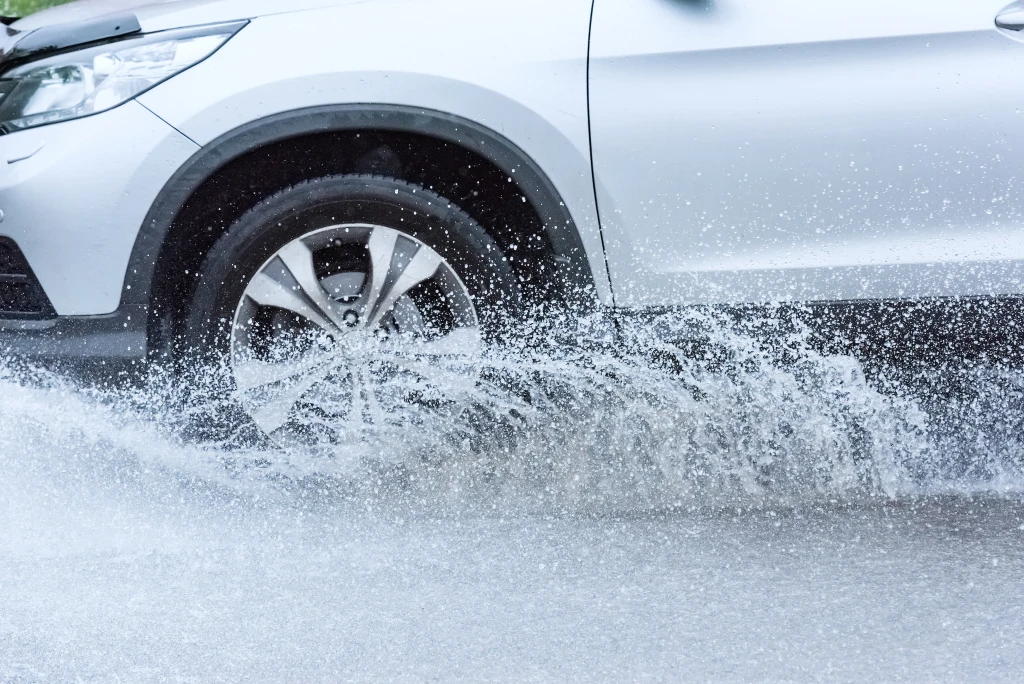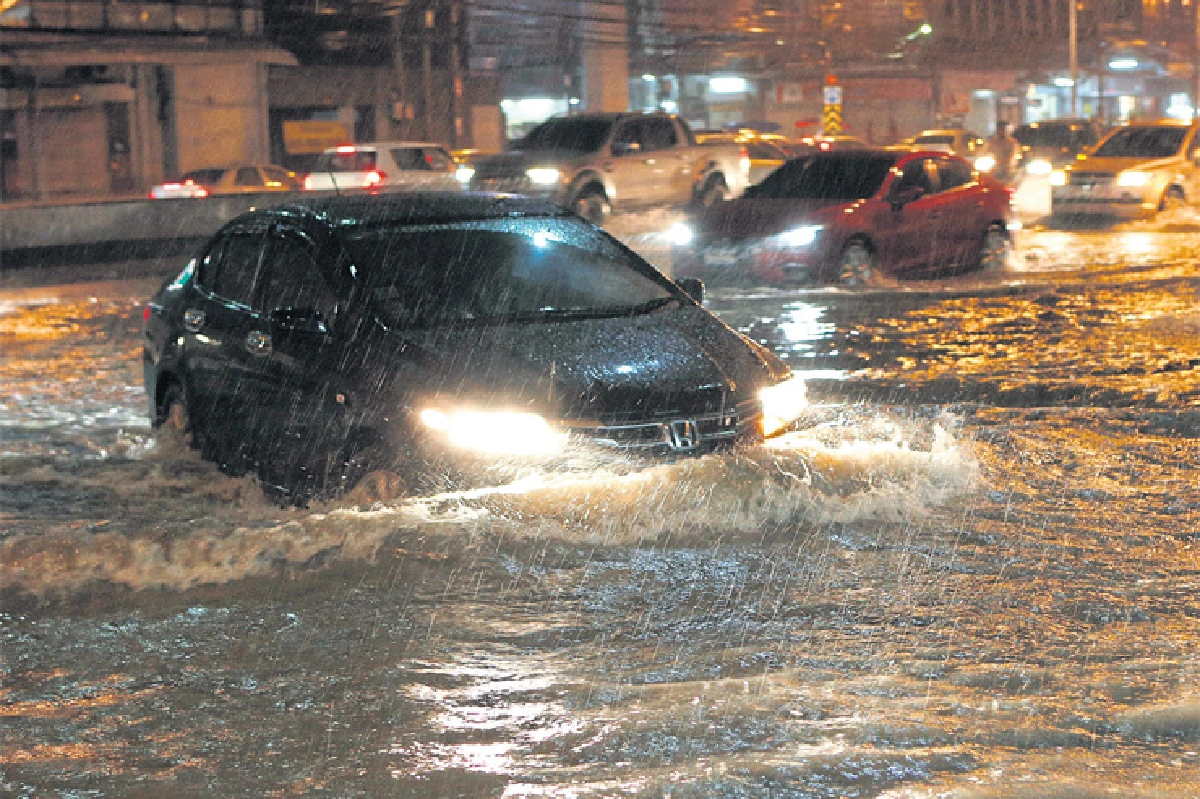Can electric vehicles (EVs) drive through water?

(Photo Credit: asreport)
Although electric cars currently meet the standards for protecting batteries from water and dust, there is still continuous news of electric cars being affected by flooding, making many people unsure whether electric cars can actually drive through water or not. Motorist has the answer for you.
In recent years, electric vehicles (EVs) have emerged as a prominent trend in the automotive industry, driven by their potential to reduce pollution and promote energy efficiency. As EV technology advances, questions have arisen regarding their capabilities and safety, particularly in scenarios involving water exposure, such as heavy rain, floods, or driving through puddles.
One of the common questions people have about electric vehicles (EVs) is whether they can drive through water and if there is a risk of electrical short circuits if they do.
EVs are designed with a high level of electrical safety, including protection against water ingress into the battery system and electric motors. The electrical systems in EVs are well-sealed and use materials that are resistant to water ingress, which helps to reduce the risk of electrical shorts or other water damage.

(Photo Credit: posttoday)
IP rating for electric vehicles
Ingress Protection (IP) rating is a standard used to measure the ability of electronic devices to resist water and dust intrusion. Electric vehicles typically have a high IP rating, such as IP67 or IP68. This means that the vehicles can withstand being submerged in water up to 1 meter (for IP67) or more (for IP68) for an extended period without damage.
For example, the Tesla Model S and Model 3 are IP67 certified, meaning they can withstand being submerged in up to 1 meter of water for 30 minutes without damage or short circuit. This technology gives drivers the peace of mind of knowing that their electric vehicles can handle a certain amount of water without harm.
Risks and Prevention
While electric vehicles (EVs) are designed to withstand some water exposure, there are still risks that drivers should be aware of. Driving through floodwaters that exceed the vehicle's wading depth can cause damage to the electrical system or other components of the EV.
What to do when driving through flooded areas:
Check the water level: Avoid driving through water deeper than 30 centimeters, as this could cause damage to your vehicle.
Reduce speed: Drive slowly to prevent water from splashing into the electrical system and other parts of your car.
Avoid parking in water: If you need to stop, find a dry and elevated place to park to prevent water from entering your car.
Inspect after driving through water: After driving through flooded areas, check your brakes, electrical system, and other parts of your car for damage.
Electric vehicles (EVs) are designed and engineered to withstand a certain level of water exposure, with high water resistance standards. Driving through shallow to moderate water levels is generally safe, but caution and adherence to flood driving guidelines are still essential to prevent vehicle damage.
Understanding how to protect and maintain your EV in the presence of water will empower you to confidently navigate any situation, from heavy rain to flooded roads, while fully enjoying the convenience and efficiency of electric driving.
Claim your free car valuation today!
Read More: Can Electric Cars be Washed?
Looking for a car appraisal? You can contact us for a free car valuation within 24 hours…
